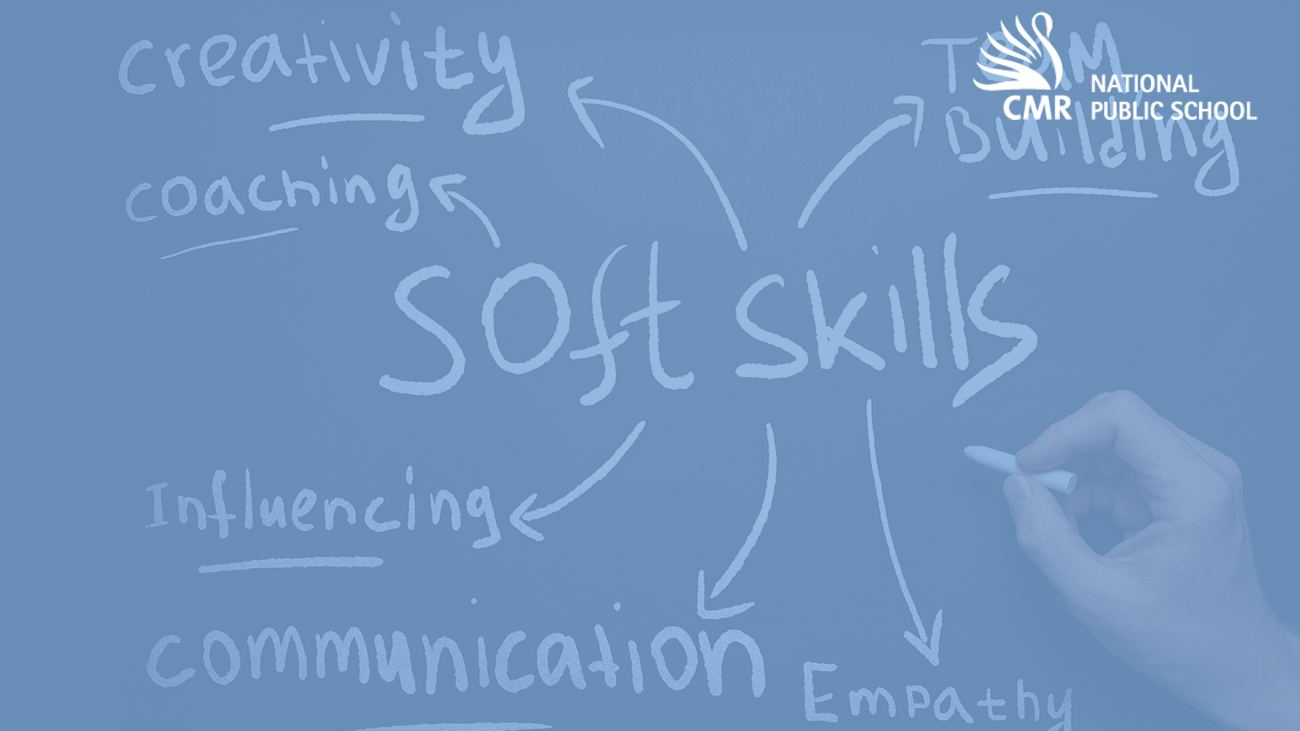Water Painting – Watercolor painting is usually done on paper. One uses water-based solutions to mix the colors and hence the name watercolor painting. Here the mixing of colors is very crucial and excessive use changes the shade of the colors.
Pastel Painting – Pastel sticks are normally used to create pastel paintings. Using pastel sticks you can immediately start drawing and coloring.
Pastel paintings can be done on canvas, so you can do beautiful layering of colors with pastels.
Digital Painting – Digital painting is the art of creating artwork on a computer, which makes it resemble a watercolor painting, oil painting, or even an acrylic painting. A digitally prepared oil painting and manually done oil painting will have plenty of differences since you have access to plenty of other textures and instruments which are easily available on the system.
Sand Painting – Painting on sand is believed to be messy and is a temporary art. The sand painting can be captured on video using speed motion. Sand painting is created using coloured sands, which are moved around on a fixed surface using hands. It is practiced in many countries and is known by several names, in India it’s known as kolam or rangoli

Texture Painting – Texture paintings are mostly used with oil paints since while working with acrylic paints, the effects are lost when the acrylics dry up. But oil paints tend to be expensive, so as a substitute one can use acrylic impasto which works amazingly on textures. Apart from regular paint brushes, flat knives, blunt objects are used to create texture paintings.
Spray Painting – Paint is usually administered from a spray bottle to achieve the desired results. Most spray paints are used on streets(street art), graffiti, canvas, wood, metal, glass, ceramic, and more. If a large area of canvas requires the same pigment, spray painting technique is used to cover the areas for a faster turnout.
Graffiti Art – Graffiti art is mostly done on public buildings with/without permission. Graffiti is not meant to be understood by the general public, it’s a style of writing or drawing/scribbling that has no absolute meaning. The first graffiti artist was a high school student in 1967, who used to write on walls to get his lady love’s attention. Graffiti became a full-fledged known painting technique in 1980, where many artists resorted to public walls to showcase their talent.
There are many different types of art. They vary in paint, painters, subject, and styles. But all of them are ways to make one thing create a piece of art.

How painting can have an effect on you? Look at a few of my works below.
- Painting Fosters Creative Growth
- Painting Strengthens Memory
- Builds Problem-Solving and Motor Skills
- Painting Provides Stress Relief
- Promotes an Optimistic Attitude
- Painting Nurtures Emotional Growth

How painting can have an effect on viewers
Art is often intended to appeal to, and connect with, human emotion.
Artists may express something so that their audience is stimulated in some way, creating feelings, religious faith, curiosity, interest, identification with a group, memories, thoughts, or creativity.
Looking at art also causes people to experience joy, like the sensation of falling in love.

Visiting the gallery has been found to relieve people of mental exhaustion, the same way the outdoors can.
How Does Art Affect Culture and Society?
Art has had an impact on us all. It affects culture and society in a variety of ways, for better or for worse.
Art promotes communication between cultures.
Art is a universal language that breaks cultural barriers and gives people respect for the beliefs and traditions of others.
Art can be an effective way of uniting individuals of contrasting cultures and improving their understanding of and communication with one another.
Art preserves history — Art is one of the single best preservers of history, which has a huge impact on culture and society, and it is also a great history teacher. Simply looking at art infuses respect for history into us, “and this art and history can influence the way that you see and appreciate the world, as well as how you see and appreciate past and present cultures from around the globe
Art changes people’s opinions — it engages us emotionally, the messages of art tend to go right past our logical mind and into our heart where decisions can be readily changed.
It preserves the feelings of a culture — Art preserves what fact-based historical records cannot: how it felt to exist in a particular place at a particular time,
Conclusion
Through painting, the artist expresses ideas and emotions, of the reality he or she perceives.
The language of the artist consists of shapes, lines, colors, tones, and textures that are blended in various ways to produce in the viewer sensations of light, space, and movement.
Some artists paint concrete forms with which viewers are generally familiar.
Others try to create entirely abstract relationships.
To study the paintings of any age is to look in on the diverse interpretations of the era in which they were produced.


